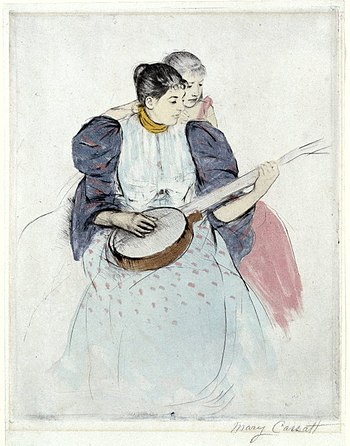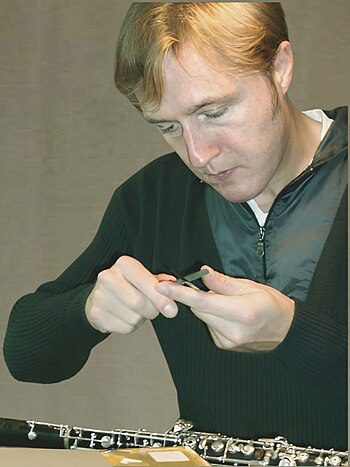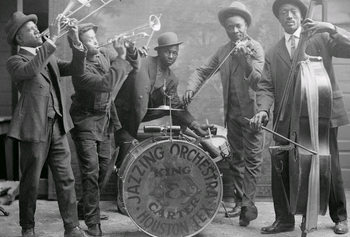Have you ever wonder why this little music machine attracts so many people in the entertainment world? Have you ever tried singing a good song using a karaoke?
Today, the utilization of karaoke is rapidly gaining a fair share in the market. In most entertainment places like bars, merry-making will not be complete without these remarkable music machine known as the karaoke.
 |
| A trio of karaoke machines. (Photo credit: Wikipedia) |
However, many people are wondering what this karaoke is all about. How come that this new technology had quickly gained the people’s attention in a short span of time.
Moreover, there are many people wondering why, is spite of the close interaction between and among karaoke users, still, they do not know what karaoke is all about.
So for those who wish to know everything about karaoke, here is a list of some facts that will help those who want to land a big score in this remarkable music box.
1. When name matters
It is obvious that the word “karaoke” is a foreign name.
In reality, karaoke is actually a Japanese term, which means “empty orchestra,” where “kara” in Japan means empty, while “oke,” from the Japanese term okesutora, which means orchestra.
No wonder why using karaoke literally creates a small orchestra where the performer and his audience are having a grand time.
2. The origin
Karaoke first originated in Japan during the 1970s, where people are known to be “entertainment aficionados.” At a later stage, this wonderful music boom box was distributed to the East Asia during the last part of the 1980s and entered the United States on early part of the 1990s. From here, karaoke gradually dominated the whole world.
3. The technology
The basic technological concept of karaoke machine is based on the utilization of “audio input” and “audio output.”
This technology uses the concept of “subcode,” which, in turn, makes the encoding of the lyrics absolutely possible.
With this device, seeing the lyrics on the screen was made possible.
On the other hand, the technology that is being used by the karaoke machines has the capacity to modify or alternate the “pitch of music” so that the singers will be able to establish a good connection with any available source of music. This can be done by preferring a particular key based on their “vocal range.”
4. The authentic look
What the modern people may not realize is the fact that the first forms of karaoke resemble to that of a cassette player. This is because karaoke in the past uses compact discs or CDs. The only difference this karaoke CDs make with the other CDs is that it combines standard graphics capability known as the CD+G.
5. Utilization of newer technology
With the fast pace of technology, one item seem to evolve with another item that is more technically superb than its first form.
Take for example the emerging new technology of karaoke. With the help of the new technology, karaoke fanatics may no longer stay in clubs and bars just to get hold of the microphone and sing. This is because karaoke is already available over the cellular phones, Internet, and computers.
All of these three use special software that when attached to the machine, the audience will be able to make the best performance.
Indeed, karaoke are known for its entertainment purpose. So one should keep in mind that the only best way to enjoy karaoke is to be entertained to the fullest.


















